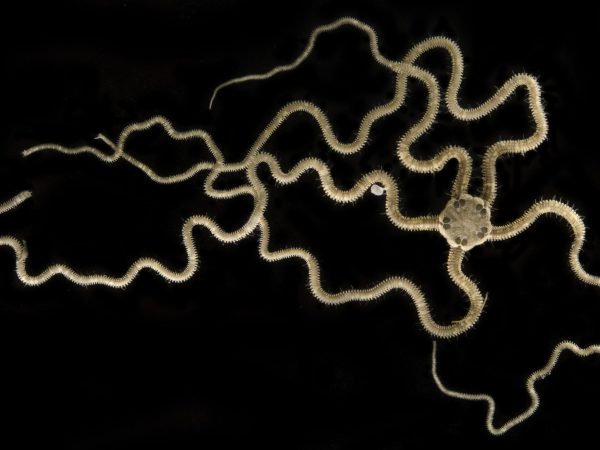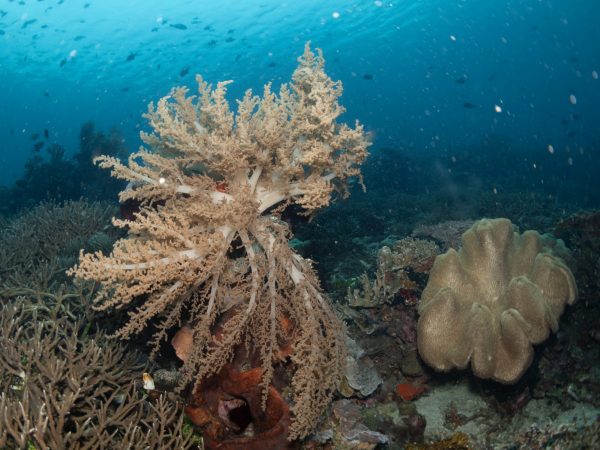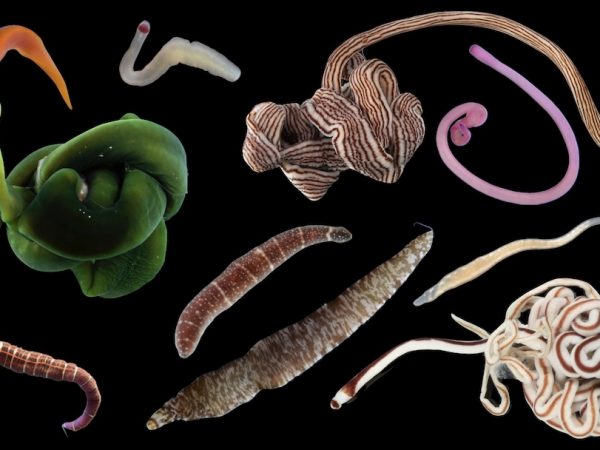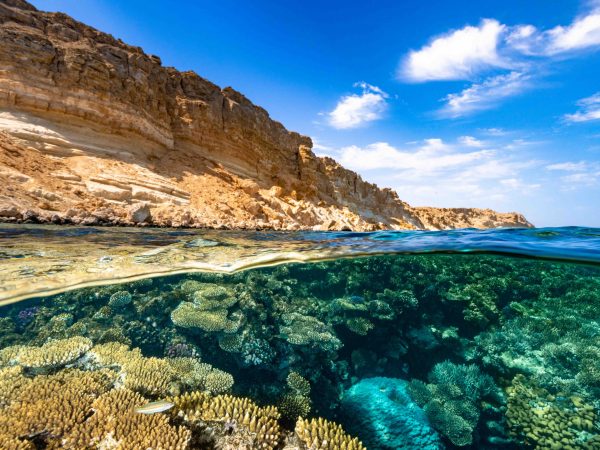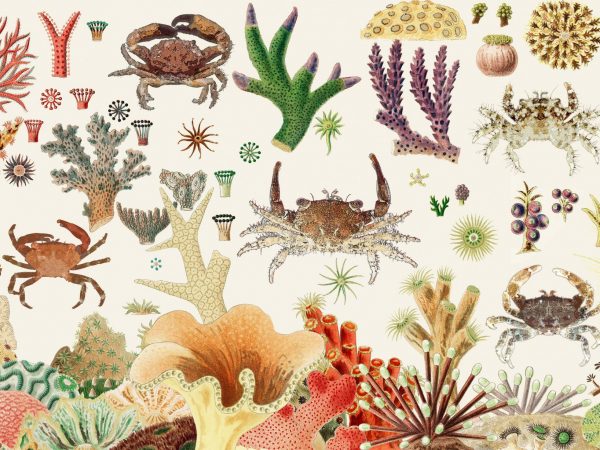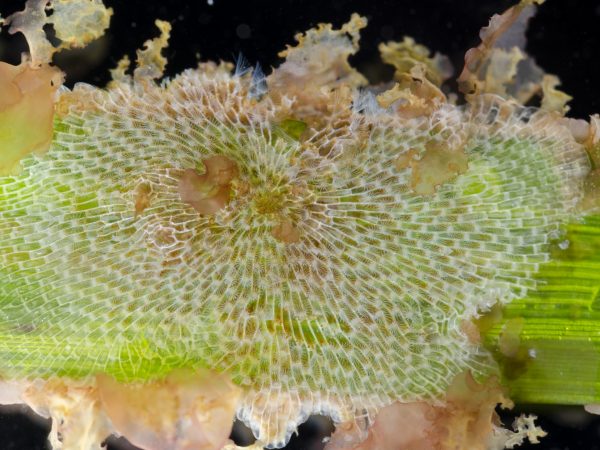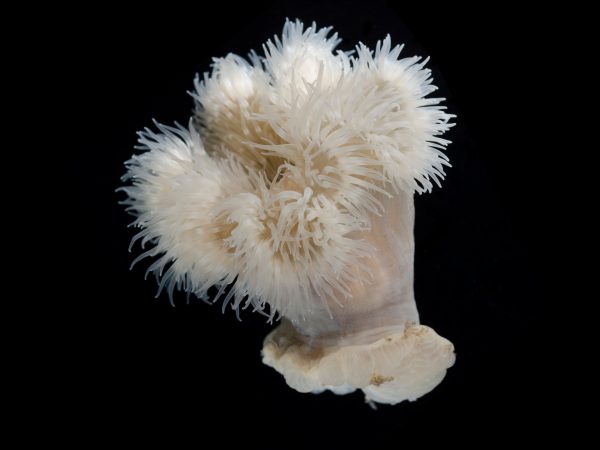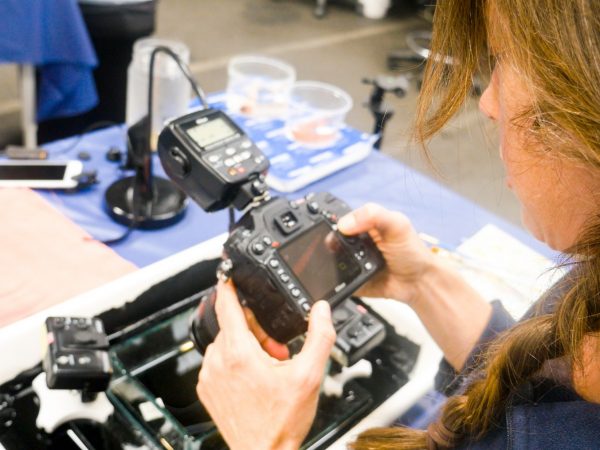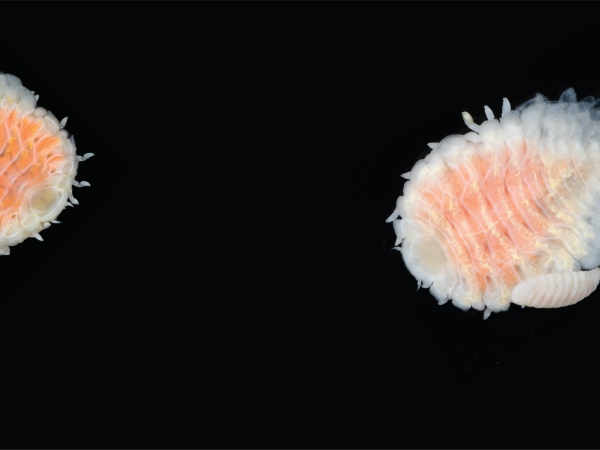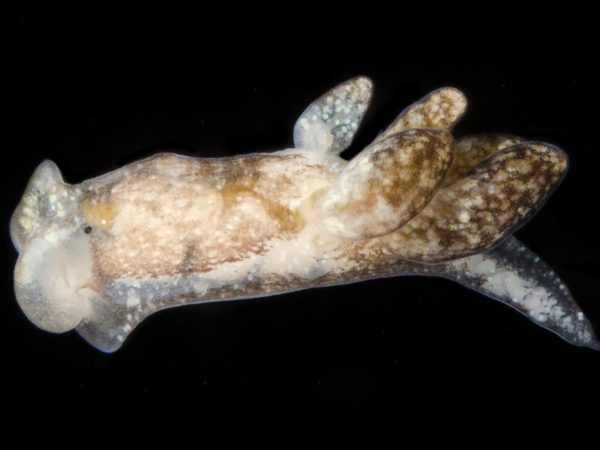No eyes, no brain, no problem: Brittle stars have traveled the world over, and scientists have figured out how
A ncient, gangly cousins of sea stars, brittle stars crawl the seafloor on five flexible arms, which in some cases…
Read More
World’s soft coral diversity retains signature of an ancient, vanished sea
It is of vital importance to, on occasion, consider how little we know about the spinning rock we all live…
Read More
100 new ribbon worm species and counting
Most are smaller than a toothpick, though some can grow longer than a blue whale. Some of them come in…
Read More
A natural history of the Red Sea and the uncertain future of its corals
Early in May 2023, a small team of marine biologists arrived in the Saudi Arabian city of Jeddah. They’d flown…
Read More
Scientists discover hidden crab diversity among coral reefs
The Indo-West Pacific is the largest, most biodiverse marine ecosystem on Earth, and many of the species it supports have…
Read More
Good parenting evolved multiple times in moss animals
The spindly filaments and coral-like colonies of the ancient phylum of marine animals known as bryozoans likely aren’t the first…
Read More
Giant sea anemone eats ants
Sea anemones are soft-bodied, underwater predators known for their bright colors, flowerlike arrangement of tentacles and the tendency to eat…
Read More
NSF grants help Florida Museum digitize marine invertebrates, rare land snails
Three grants from the National Science Foundation will enable the Florida Museum of Natural History’s invertebrate zoology division to contribute…
Read More
Invasive shrimp-sucking parasite continues northward Pacific expansion
R esearchers have identified an invasive blood-sucking parasite on mud shrimp in the waters of British Columbia’s Calvert Island. The…
Read More
Egg-sucking sea slug from Florida’s Cedar Key named after Muppets creator Jim Henson
Feet from the raw bars and sherbet-colored condominiums of Florida’s Cedar Key, researchers discovered a new species of egg-sucking sea…
Read More
